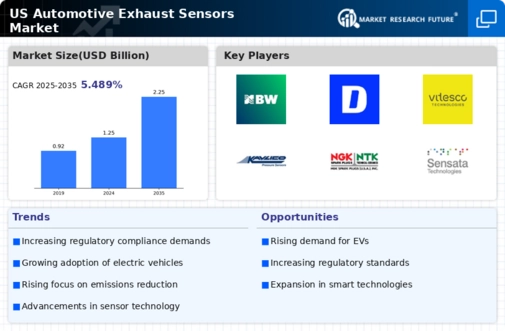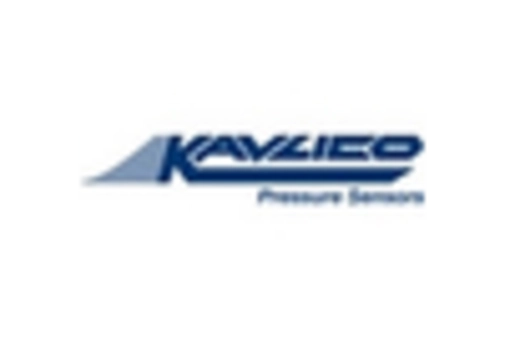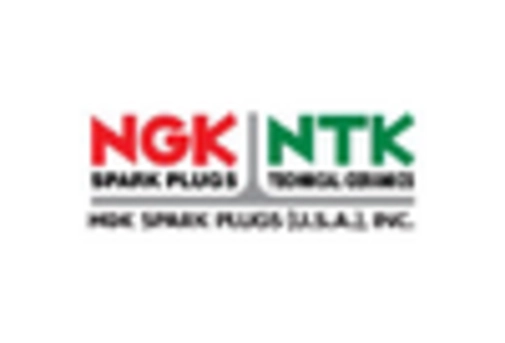The competitive landscape of the US Automotive Exhaust Sensors Market is shaped by various factors, including technological advancements, regulatory standards, and shifting consumer preferences. As the automotive industry strives to meet environmental regulations and improve fuel efficiency, exhaust sensors have become integral components for emission control and vehicle performance. The market is characterized by a blend of established players and new entrants, each vying for a significant share. Companies are increasingly focusing on research and development to innovate and enhance their product offerings in response to demands for higher efficiency and reliability.
The competitive dynamics are influenced by strategic partnerships, collaborations, and the rise of electric vehicles, driving the need for advanced sensor technologies in the automotive sector.Magneti Marelli holds a prominent position in the US Automotive Exhaust Sensors Market, capitalizing on its extensive experience in the electronics and automotive sectors. The company is recognized for its robust product offerings that include a range of exhaust sensors, which are designed to optimize engine performance and minimize emissions. With a strong focus on innovation, Magneti Marelli continually invests in research and development to introduce cutting-edge technologies that enhance sensor accuracy and reliability.
This commitment to quality and performance has helped the company build strong relationships with major automakers in the United States, further solidifying its market presence.
The company's ability to adapt to shifting regulatory requirements and consumer demands has positioned it favorably within the competitive landscape, showcasing its strengths in delivering high-performance solutions tailored to the needs of the market.BorgWarner is a key player in the US Automotive Exhaust Sensors Market, known for its comprehensive portfolio of advanced technologies and products that play a crucial role in vehicle efficiency and compliance with emission standards.
The company offers a variety of exhaust sensors, including those used for monitoring and controlling emissions from internal combustion engines. BorgWarner's market presence is strengthened by its commitment to innovation and sustainability, which is reflected in its ongoing investments in research and development initiatives. The company's strategy also involves strategic mergers and acquisitions to enhance its technological capabilities and expand its product offerings. This proactive approach allows BorgWarner to stay ahead of market trends, respond to changing consumer needs, and position itself as a leader in providing effective emissions control solutions within the automotive sector in the United States.





















Leave a Comment